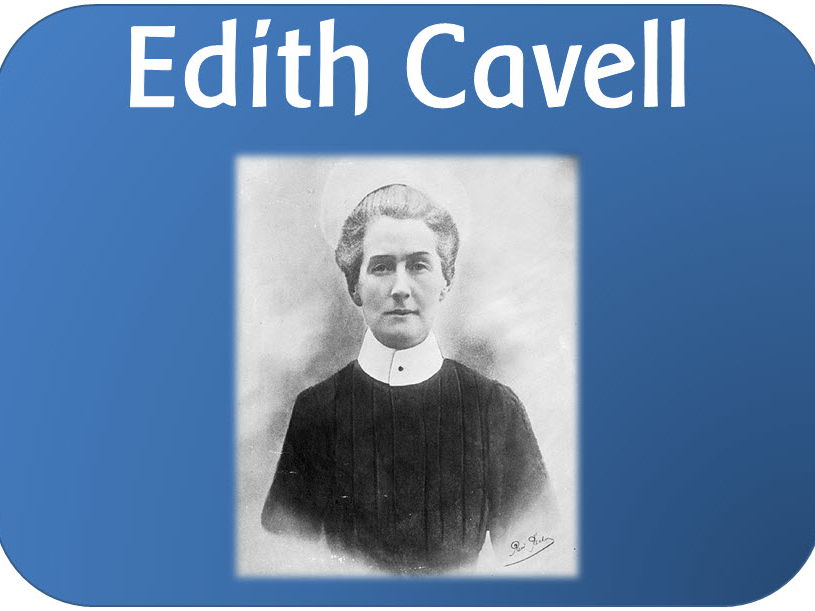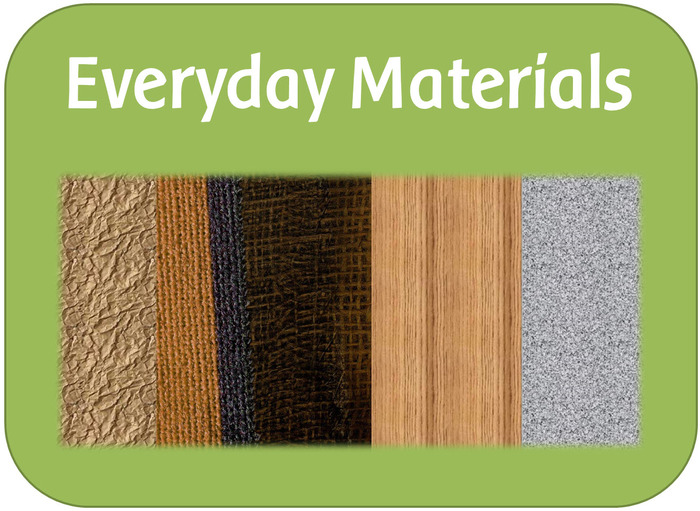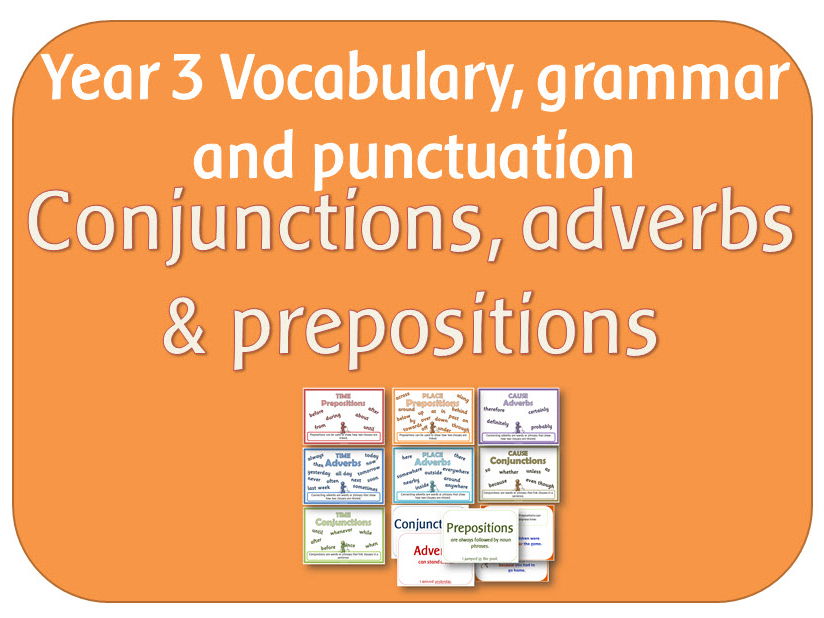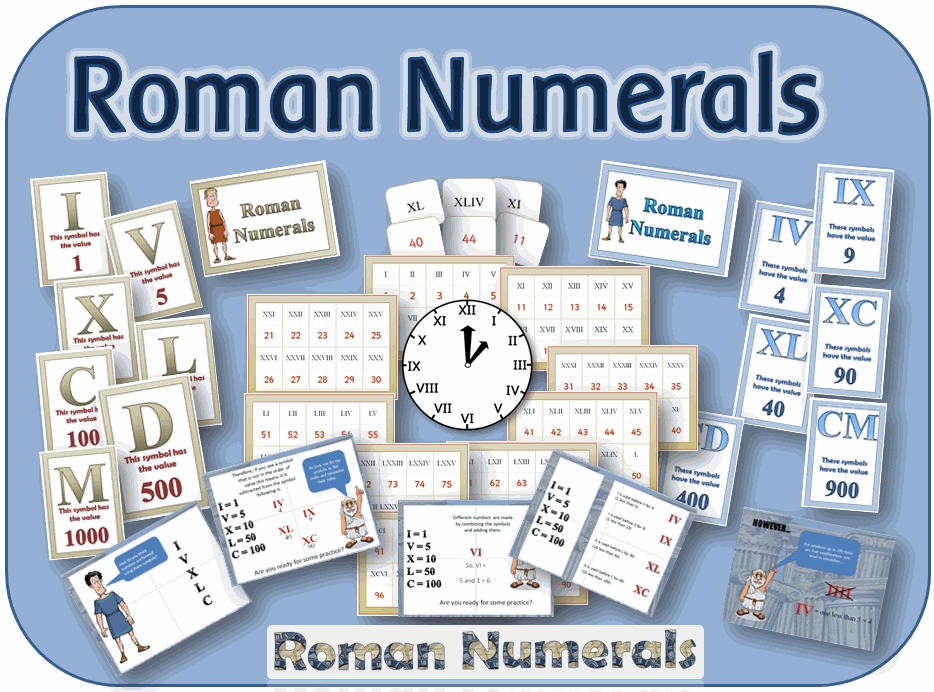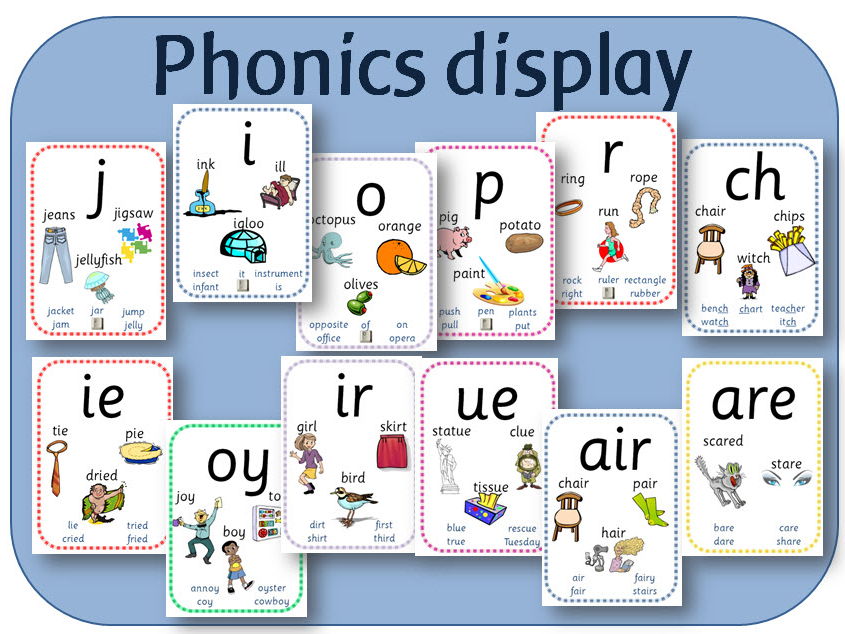
404Uploads
1033k+Views
666k+Downloads

SPaG Year 1 Spelling pack: Adding the endings ing ed and er to verbs
A set of resources to teach the guideline/rule in the Spelling Appendix:
Adding the endings ing ed and er to verbs where no change is needed to the root word
POWERPOINTS:
Adding ing: Explains what a verb is and how ing can be added to verbs where no change in spelling is needed. Ends with an activity
Adding ed: Explains what a verb is and how adding ed changes the tense of the verb to the past tense. It ends with an activity
Adding er: Explains the effect of adding er to a verb and gives examples. Ends with an activity for the children to add er to verbs.
PDF:
Adding suffixes er ing ed: A list of words in a grid to add suffixes to.
Word wheel - Adding ed and ing: Verbs and suffixes for word building activities.
Word wheel - Adding ed, ing and er: Verbs and suffixes for word building activities.
WORD:
Outline adaptable plan

KS1 History: Edith Cavell Powerpoints, worksheets, activities and display pack
A set of resources to teach KS1 about Edith Cavell and how she helped soldiers in the Great War. The pack includes planning, display, interactive whiteboard lessons and class activities.
1 WHAT WAS IT LIKE WHEN EDITH WAS ALIVE
The Powerpoint sets the scene, showing what life was like when Edith was born. It looks at her birth in a chronological framework, and talks about differences between then and now.
Activities:
Now and Then pictures: to look at and discuss, or to use for display
Questions about Edith Cavell: A picture of Edith in her nurses uniform, with questions for the children to think about.
2 THE LIFE STORY OF EDITH CAVELL
The 20 page Powerpoint looks at her life in detail until the time she returns to Belgium when the war begins.
Activities:
The Cavell family Census records
Hotseating questions: Sheet for the children to fill out what kinds of questions they would have liked to have asked Edith
Pictures to tell her story: Six pictures from different times in her life; can be used for sequencing or to illustrate her life story.
The Life story of Edith Cavell Ebook: A contemporary book written about Edith. (Not suitable to give to the children to read, but useful to look at passages)
3 WHAT DID EDITH DO IN THE FIRST WORLD WAR
The 26 page Powerpoint tells the story of the last year of Edith's life. It looks at Belgium at the beginning of the war, and what Edith did for the soldiers. It looks at how and why she is remembered today.
Activities:
1914 map of Europe - accompanied by a Powerpoint showing how Edith travelled to Europe. The map can be used for identifying the countries, or for showing her route to Brussels from Norwich.
Other activities / display resources
Edith acrostic poem sheet
Picture timeline: 10 pictures of Edith from when she was a child to just before she died.
Project cover
Story planner
Word search
Writing sheets (x3)
The story of Edith worksheet
PLANNING
An adaptable plan in Word, following the Primary Curriculum 2014.

The Vikings display pack
A set of posters, lettering, title and wordmat for a Vikings display.
Viking lettering - Spells 'The Vikings', plus all upper and lower cases and numbers are included so that you can print out what you need.
The Vikings title - A4 title
Viking gods posters - Includes Odin, Freya, Frey, Thor, Tyr, Loki, Idun ,plus Valhalla - with short descriptions and pictures.
Vikings posters - 7 A4 posters on: Inside a Viking longhouse; Viking runes; Viking raids; Viking Runestones; Viking homeland; Viking ships; the Battle of Stamford Bridge - all with pictures and descriptions.
Vikings word mat - Contains Viking vocabulary with accompanying pictures; Viking gods; map of the Viking invasions, Danelaw, Yorvic, Lindisfarne and Iona; and a list of famous Vikings.

KS2 Topic The Victorians: powerpoint lesson pack
A look at life in Victorian times. The powerpoints cover:
Who were the Victorians and when did they live: Includes British timeline, Queen Victoria's life, and comparison of rich and poor family in Victorian times
Dr. Barnado: His life, and how he improved life for poor children.
Lord Shaftesbury: His life, and how he improved factory conditions, and education.
What was it like going to school at the end of the nineteenth century: What Victorian schools were like
How did different Victorian children use their spare time: Explains the different activities and toys of rich and poor children
Leisure time in the Victorian era: How the Victorians entertained themselves
What was life like for a poor child in the 1840's: Explains the different jobs poor children had to do, with photographic evidence, and links to online research.
Victorian Household objects: 11 photographs to look at and find clues.
Victorian Life: Photographs of Victorian Britain to look at and use for discussion points.

Year 1 Science - Everyday materials topic pack - powerpoints, worksheets activities and display
A set of IWB teaching lessons, worksheets, activities and display resources. It has been made following the curriculum 2014 objectives.

Year 5 science - Forces - powerpoints, worksheets, planning & investigation sheets
A set of resources for the new science curriculum, looking at different aspects of forces such as air resistance, water resistance, friction, gravity and mechanisms. It contains:
1. INTRODUCTION TO THE TOPIC - LO: To find out what the children already know about forces
POWERPOINT: A recap of previous learning from Year 3.
WORKSHEET: A sheet for the children to record what they already know about forces.
2. FALLING TO EARTH - LO: Explain that unsupported objects fall towards the Earth because of the force of gravity acting between the Earth and the falling object
POWERPOINT: A look at gravity and explanations of weight, newtons, and how forces can balance objects to keep them from falling.
WORKSHEET 1: Force meter recording sheet
WORKSHEET 2: Falling objects and gravity recording sheet
3. FRICTION - LO: Identify the effects of friction that act between moving surfaces
POWERPOINT: Explains what friction is, when it happens and how useful it can be in daily life.
WORKSHEET: Friction recording sheet
4. WATER RESISTANCE - LO: Identify the effects of water resistance that act between moving surfaces
POWERPOINT: Explains what water resistance is and what effects it can have. Looks at different shapes and how high or low the water resistance would be for each.
WORKSHEET: Water resistance recording sheet
5. AIR RESISTANCE - LO: Identify the effects of air resistance that act between moving surfaces
POWERPOINT: Explains air resistance and how it can slow different objects down. Looks at ways in which it can be useful and situations where it is important.
WORKSHEET 1: Air resistance activity
WORKSHEET 2: Weight in water and air recording sheet
6. LEVERS, PULLEYS AND GEARS - LO: Recognise that some mechanisms, including levers, pulleys and gears, allow a smaller force to have a greater effect.
POWERPOINT: Looks at and explains each mechanism in turn, giving examples of each and how forces are altered by them.
7. FORCES RECAP
POWERPOINT 1: A recap of all the learning covered in the topic
POWERPOINT 2: A quiz
WORKSHEET 1: Sheet for recording what they have learnt
WORKSHEET 2: A quiz answer sheet, can be used for assessment.
OTHER RESOURCES
A-Z lettering, with a picture background
A4 Forces title
Forces topic booklet front cover - with space for children to draw their own forces design.
Vocabulary powerpoint - can be used as a show and printed out for display.
Writing sheet
Investigation and recording sheets - A folder of blank tables, graphs and planning and recording sheets
Year 5 Forces medium term planning: An outline of the activities and learning objectives with websites and ideas. It can be added to and amended for your own use

Year 6 science - Light - powerpoint lessons, worksheets and display pack
A set of IWB lessons, worksheets, activities, planning and display resources to teach about light, shadows, reflection and refraction following the objectives in the new science curriculum.
The pack includes:
POWERPOINTS:
SEEING LIGHT: Recaps on previous learning, that the sun is the main source of light, and looks at other sources of light. It explains how light travels in straight lines and demonstrates how we can see objects when light reflects off them.
SHADOWS: Discusses how shadows are formed, and how they are changed when the source of the light moves.
REFLECTION, REFRACTION & LIGHT PHENOMENA: Explains how periscopes work, how objects seem to change when they are under water, how rainbows form, how soap bubbles reflect light, how coloured filters work, what night vision is, and briefly looks at other types of light that the children might have heard of.
WORKSHEETS AND ACTIVITIES:
Topic cover x 2
Concept worksheet
Worksheet to explain about light
Investigation cards to inspire different investigations
DISPLAY:
A4 Title
A-Z lettering
Vocabulary
INVESTIGATION:
A folder of blank investigation and recording sheets, plus bar charts
Plus a medium term plan with activities and web links

SPaG Year 2 Spelling: the /n/ sound spelt kn and gn
A set of resources looking at the /n/ sound spelt kn and gn at the beginning of words.
POWERPOINT: Explains the spelling and gives a short explanation of why these types of word exist, then gives examples for the children to read. Then there is a spelling activity, using a look, hide and check format
BINGO: Two sets, kn words and kn and gn words
CARDS: Matching cards with words and pictures
WORDSEARCH: kn words
WORD DOCUMENTS: Lists of words and a planning document.

SPaG Year 3 Sentence Grammar: Time, place & cause using conjunctions, adverbs & prepositions
Includes a powerpoint, vocabulary cards and a set of posters.
POWERPOINT: explains the difference between conjunctions, adverbs and prepositions, giving examples of where and how to use them.
4 sets of display:
SET 1 Time place and cause connectives: This set contains 3 headings and sets of words in clouds to display around the headings time, cause and place. There are blank clouds for you to add your own.
SET 2) Conjunctions adverbs and prepositions cards: In this set there are 5 words per A4 page which can be cut up for display. The words are organised into conjunctions, adverbs and prepositions with an A4 title for each.
SET 3) Conjunctions, adverbs and prepositions posters: These posters splits the connectives into sets of Time/Cause/Place and conjunctions/adverbs/prepositions. There are 7 A5 pages plus a title page.
SET 4) Co-ordinating and subordinating conjunctions: These posters explain the difference between the two types of conjunctions and give examples of each in clouds.

KS1 Maths Measurement: WEIGHT AND CAPACITY powerpoints, activities, vocabulary and display pack
This pack meets the new KS1 curriculum requirements for capacity / volume and weight / mass.
It covers measuring with non standards units; moving on to standard units.
It consists of powerpoint lessons, display, headings, worksheets and activities.

Roman numerals KS2 maths resources: powerpoints display posters clock and cards
This pack meets the new curriculum requirements for teaching Roman numerals in KS2 - Year 3, 4 and 5.
It covers Roman numerals on a clock; an explanation and history of Roman numerals; Roman numerals to 100 and to 1000
It consists of powerpoint lessons, display, headings, worksheets and activities

KS2 HOMOPHONES posters / flashcards
A set of A4 posters containing all the homophones identified in the Year 3/4 and 5/6 spelling appendix.
Each page is split into 2 so that 2 homophones are printed on one page. You can cut them in half and use as flashcards or leave them whole and display them. For Y3/4 there are 21 pages, plus 3 pages containing just one word. For Y4/5 there are 24 pages plus 1 page containing just one word, plus a set of 4 noun/verb posters.
3 & Y4 HOMOPHONES:
accept except
affect effect
ball bawl
berry bury
brake break
fair fare
grate great
groan grown
here hear
heel heal he’ll
knot not
mail male
meat meet
medal meddle
missed mist
peace piece
plain plane
rain rein reign
scene seen
weather whether
whose who’s
Y5 & Y6 HOMOPHONES:
aisle isle
aloud allowed
affect effect
altar alter
ascent assent
bridal bridle
cereal serial
compliment complement
descent dissent
desert dessert
draft draught
farther father
guessed guest
heard herd
led lead
morning mouring
past passed
precede proceed
principal principle
prophet profit
stationary stationery
steel steal
wary weary
who’s whose
Y5 & Y6 HOMOPHONES - nouns and verbs: Each set prints onto 1 A4
advice advise
device devise
licence license
practice practise

Phonics flashcards
A set of 76 phonics display/flashcards to use in KS1.
There are 2 A5 cards on a page. Each card contains pictures and a list of words including the relevant common exception words for Year 1.
The first set contains the letters of the alphabet.
The second set contains the consonant digraphs and vowel digraphs and trigraphs in the Y1 Spelling appendix.
The third set contains extra graphemes identified in the Letters and Sounds phonics programme.

Transport topic - George Stephenson and the history of trains - powerpoints and activities
Two powerpoints looking at how and why trains developed over time, and the Father of the Railways, George Stephenson, plus 3 worksheets.
George Stephenson and locomotives: Looks at James Watt and his steam engine design; Richard Trevithick and his steam engine improvements, and the life of George Stephenson, and how he became known as the 'Father of the Railways'. Tells the story of the first steam locomotives; the Rainhill Trials; the Liverpool and Manchester Railway; and new steam locomotive designs up to 1941. Also briefly and simply explains how steam engines work.
Trains now and then: Shows different parts of a steam locomotive, and looks at pictures of different locomotives, and how they developed from George Stephenson's Rocket, to the modern bullet trains of today.
Steam train worksheets: 3 different worksheets, showing a picture of a steam train to label and caption.
The Rocket worksheet: To compare modern trains with old steam locomotives.
Steam train template: An outline of a steam train, to use for colouring, collage, paint etc.

2D shapes activity and display pack for KS1 Maths
This pack is aimed at KS1 but can also be used in the EYFS.
It can be used to match and name shapes and to look at how many sides and vertices each shape has.
It contains:
2-D shape cards: Two sets of cards in different sizes, one has 4 to an A4 page, the other has 9 to an A4 page
Poster: With 20 labelled shapes
Poster: Properties of 2-D shapes, with labelled sides and vertices
Large 2-D shapes: 2 per A4 page

KS2 History Bronze Age Pack - PowerPoint lessons, activities and display
A set of resources for a unit of work covering the Bronze Age in Britain, looking at the Amesbury Archer, Must Farm and Stonehenge amongst other things.
POWERPOINT (26 PAGES): Description of different aspects of Bronze Age life including
• Sources of information
• Discovery of copper and bronze
• Britain in the Bronze Age
• Religion
• Henges
• Daily life
BRONZE AGE ACTIVITIES: (for recording research)
• Write a report about the Amesbury Archer
• Write a report about Must Farm
• Bronze Age ways of living
• Bronze Age travel
• Bronze Age technology
• Bronze Age religion
• Topic covers (x2) For topic books
• Bronze Age writing border sheets (x2; lined and unlined)
BRONZE AGE DISPLAY:
• A4 title
• A-Z lettering in a bronze background
• The Bronze Age banner
• Bronze Age timeline
• Bronze Age artefacts
• Bronze Age border for display boards

The Ancient Greeks / Greece pack: Powerpoints, activities, worksheets
POWERPOINT LESSONS:
Looking at evidence: Lots of images relating to Ancient Greece. Can be used as an introduction to the topic or to teach different ways of looking and finding out about the past.
Where and when was Ancient Greece: An introduction to the topic, looking at where Greece is located, its climate, and the effect this had on the Ancient Greeks; a timeline demonstrating AD and BC; and the first people to inhabit Greece.
Athens and Sparta: The similarities and difference between the two city states, including government, slaves, geography, buildings, army, wealth, education, girls, and territory. Ends with an activity matching the statements to either Athens or Sparta.
Ancient Greek Fighters: What made the Greeks so powerful, explains about hoplites, triremes, ships, soldiers etc.
The Battle of Marathon: Was it a victory for the Ancient Greeks? Looks at how it started,what caused it, and how the Ancient Greeks won. Shows artefacts found in Marathon, and asks what the Athenians and Spartans would have thought about the victory. Explains how it relates to marathons today.
Who did the Ancient Greeks worship and why: Explains the story of the Greek gods, from Chaos, to the Olympian gods. Includes a page on each of the gods; Zeus, Athena, Hera, Ares, Aphrodite, Apollo, Poseiden, Artemis, Demeter, Dionysus, Hephaestus, Hermes, Hades.
The Theatre: The origins of Greek theatre; the Acropolis, Theatre of Dionysus, The Odeon of Herodes Atticus. Explains what went on in the theatre, and how it was organised, with a questionnaire at the end.
The Olympic Games: The story of how they began.
Ancient Greek Legacies: A look at the achievements of the Ancient Greeks and their influence on the western world.
PRINTABLE WORKSHEETS AND ACTIVITIES (pdf): All activities accompany the powerpoint lessons above
What I already know/What I would like to find out about Ancient Greece
Ancient Greece fact file
Athens or Sparta fact files
Hoplites
The Battle of Marathon fact sheet
The theatre question sheet
Ancient Olympic buildings
How the Olympic games started
The events in the ancient Olympics
Ancient Greek achievements fact finding sheets x 3
Topic covers x 4
Writing sheets: Greek column design.
PLUS (in word)
An adaptable outline medium term plan

Nocturnal animals powerpoint
A 30 page PowerPoint file, explaining what nocturnal animals are; why they come out at night; how they feed and live etc. The animals include:
Bats
Owls
Badgers
Foxes
Hedgehogs
Moles
Mice
The file also includes a page of related vocabulary, how nocturnal animals see, and looking for evidence of nightime activity.

Achievements of the earliest civilizations - lessons, activities, planning & display
An overview of when and where the first civilizations appeared with a closer look at Mesopotamia, Ancient Sumer and Ancient Egypt.
POWERPOINT LESSONS:
What are ancient civilizations: An introduction to the topic, explaining the meanings of ancient and civilization
The development of early civilizations: Explains how humans developed from living as hunter-gatherers to becoming farmers and the change from moving around to living in villages, towns and cities.
Early civilizations: Looks at the locations and dates of the main early civilizations. There are details on Mesopotamia, Ancient Egypt, Peru, the Yellow River, the Indus Valley and Mesoamerica.
History of Mesopotamia & Ancient Sumer: A 15 page powerpoint looking in detail at Mesopotamia and Ancient Sumer.
History of Ancient Egypt: A 25 page powerpoint looking in detail at Ancient Egypt, the three Kingdoms, the River Nile, houses, medicine,etc.
ACTIVITIES (pdf)
What I already know/would like to find out about ancient civilizations: To record for AfL
The development of early civilizations writing sheets: Bordered sheets
Ancient civilizations fact file template: To find and record information, one with headings, one with blank boxes to adapt
Topic covers x 4 Ancient civilizations
Topic covers x 4 Ancient Egypt
Topic covers x 4 Ancient Sumer
Writing border x 4: Each of the 4 designs has a blank page, a lined page and a half lined page. The border designs are Tut, Enki, Pyramids & Ur
ACTIVITIES (word)
Ancient Sumer fact finding sheets: 7 different sheets for finding out and recording information under specific headings. Can be used as a template to write a report or for different groups to find information.
Ancient Egypt fact finding sheets: 10 different sheets as above.
Plus a medium term plan in word with activities and web links.

SPaG Year 5 & 6 Spelling: Words with silent letters
A pack of resources to teach about words containing silent letters.
POWERPOINTS
Words with silent letter k
Words with silent letter g
Words with silent letter w
Words with silent letter b
Words with silent letter c
Words with silent letter d
Words with silent letter n
Words with silent letter t
Words with other silent letters
Words with silent letter and unusual letter patterns
PDF (PRINTABLE) RESOURCES
Look Write Cover Check x 10: For spelling practice (Each one matches the words contained in each PowerPoint)
Silent letters k g and w worksheet: Words to sort into which silent letter they contain
Words with silent letter b worksheet: Jumbled words to rearrange then write a sentence.
Words with silent letter c worksheet: Jumbled words to rearrange then write a sentence.
Words with silent letters d and n worksheet: Jumbled words to rearrange then write a sentence.
Words with silent letter t worksheet: Jumbled words to rearrange then write a sentence.
Words with silent letters missing: To fill in then write a sentence.




